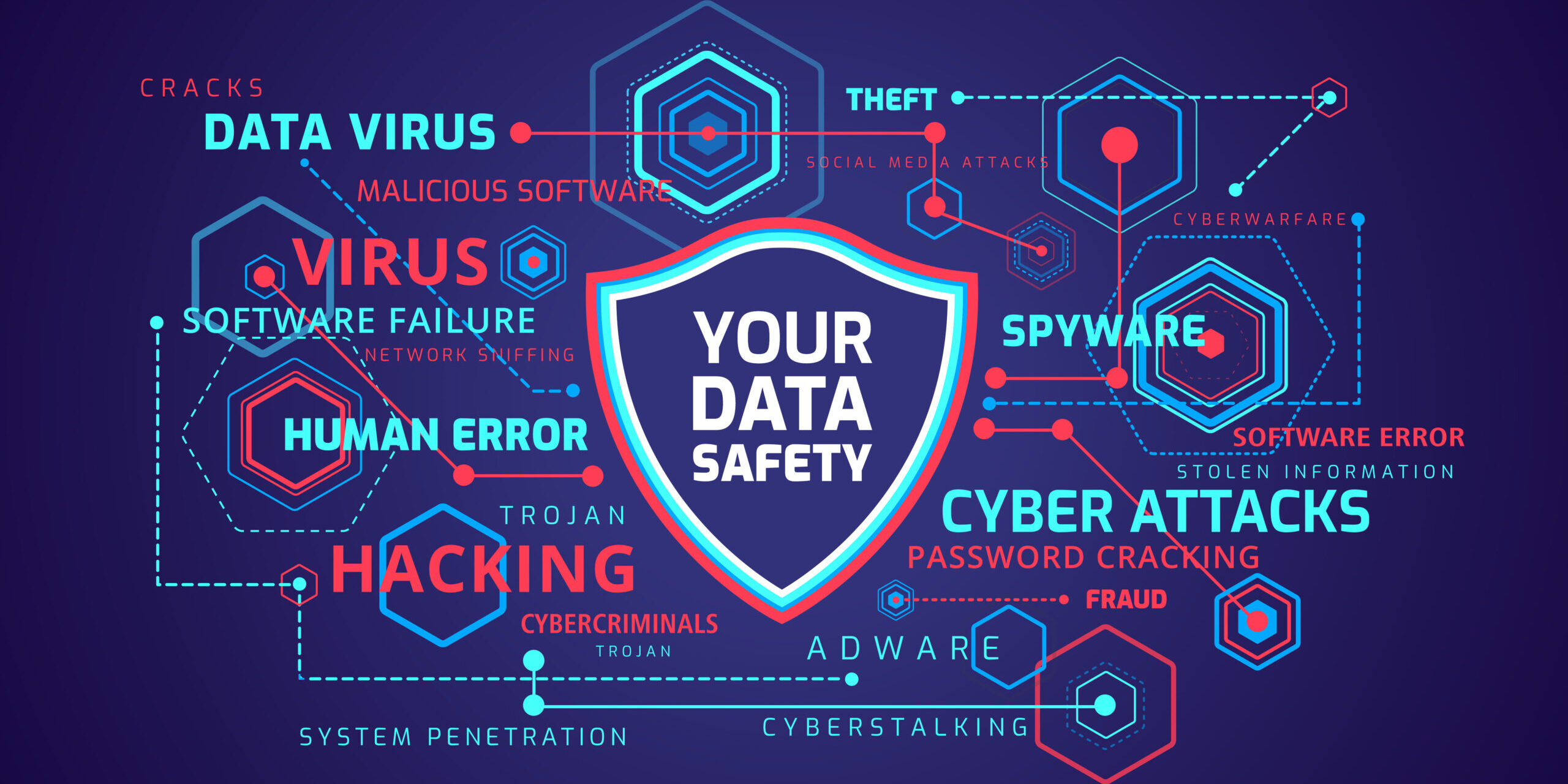What are the 5 C s of Cyber security
In today’s interconnected world, businesses are constantly grappling with cyber threats. With the rise of digital solutions, it’s imperative to ensure robust security measures. From small businesses to large enterprises, understanding the 5 Cs of cybersecurity—Change, Compliance, Cost, Continuity, and Coverage—is pivotal. These five components provide a robust framework, guiding businesses in safeguarding their digital assets.
- Change
As technology evolves, so do cyber threats. Change is an inherent part of the digital landscape. For businesses, adapting to these changes, be it by adopting new SaaS solutions or by continuously updating their existing systems, is crucial. Embracing change ensures that companies stay ahead of potential threats and are equipped with the latest defenses.
- Compliance
With the exponential growth in cyber threats, regulatory bodies worldwide have enforced stringent guidelines to ensure data security. Compliance is not just about adhering to these regulations but also serves as a testament to a business’s commitment to safeguarding its data and that of its customers. Especially crucial for corporate governance, compliance minimizes the risk of financial loss due to penalties and helps maintain reputation and customer trust.
- Cost
Cost in cybersecurity encompasses both the financial implications of a potential breach and the investment required for robust security infrastructure. It’s essential for businesses, especially small businesses with limited resources, to understand the balance. Investing in security might seem burdensome, but the potential financial loss from a breach can be much more devastating. Proactive investment in security measures, like robust SaaS solutions, can mitigate these risks.
- Continuity
Business continuity, especially post a cyber incident, is paramount. Having a continuity plan, including a disaster recovery center, ensures that operations can resume promptly, minimizing downtime and associated costs. Regular risk management assessments and drills are pivotal in ensuring that the continuity plans are up-to-date and effective.
- Coverage
Coverage refers to the comprehensive protection of all assets, both digital and physical. Physical security, often overlooked, is equally crucial. Secure physical locations, like data centers, protected by biometric access points and surveillance, coupled with digital protection measures, create an all-encompassing security shield. Additionally, cybersecurity insurance coverage can act as a safety net, providing financial support in the aftermath of a breach.
In conclusion,
the intricate landscape of cybersecurity, marked by evolving challenges and relentless threats, demands a robust and comprehensive approach from businesses. The 5 C’s—Change, Compliance, Cost, Continuity, and Coverage—aren’t merely strategic pointers; they represent pillars upon which companies can construct a resilient and forward-thinking defense mechanism.
Embracing Change is akin to acknowledging the dynamic nature of technology, ensuring that businesses are not left behind, but instead are agile and prepared for any advancements. Compliance goes beyond mere adherence to guidelines; it’s about creating a trustworthy ecosystem for customers and stakeholders.
When we talk of Cost, it’s not just about the dollars spent on security infrastructure but the invaluable trust and reputation built over years that can be at risk. Continuity emphasizes the resilience and agility of a business, proving that while cyber threats may be inevitable, prolonged business disruption doesn’t have to be. Lastly, Coverage ensures a holistic safeguarding approach, underscoring the importance of protecting every facet of a business.
By adopting and embedding the 5 Cs into their core strategies, businesses not only armor themselves against immediate threats but also prepare for future challenges. In this digital era, where cyber threats are no longer just IT concerns but core business risks, the 5 C’s serve as the compass guiding companies towards a secure, trustworthy, and prosperous digital future.






